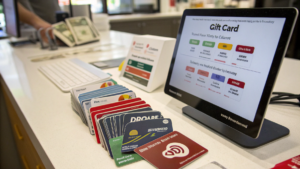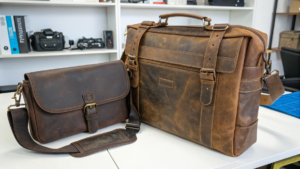Is a Custom Logo T-shirt Just Another Expense?
You want to make your brand stand out, and custom logo t-shirts seem like a great idea. But are they just another item on your expense sheet, or something more?
A custom logo t-shirt is far more than just an expense; it is a powerful branding tool that, when chosen with purpose and design in mind, can significantly boost brand visibility, create a sense of community, and act as a walking billboard for your business, offering long-term value beyond its initial cost.
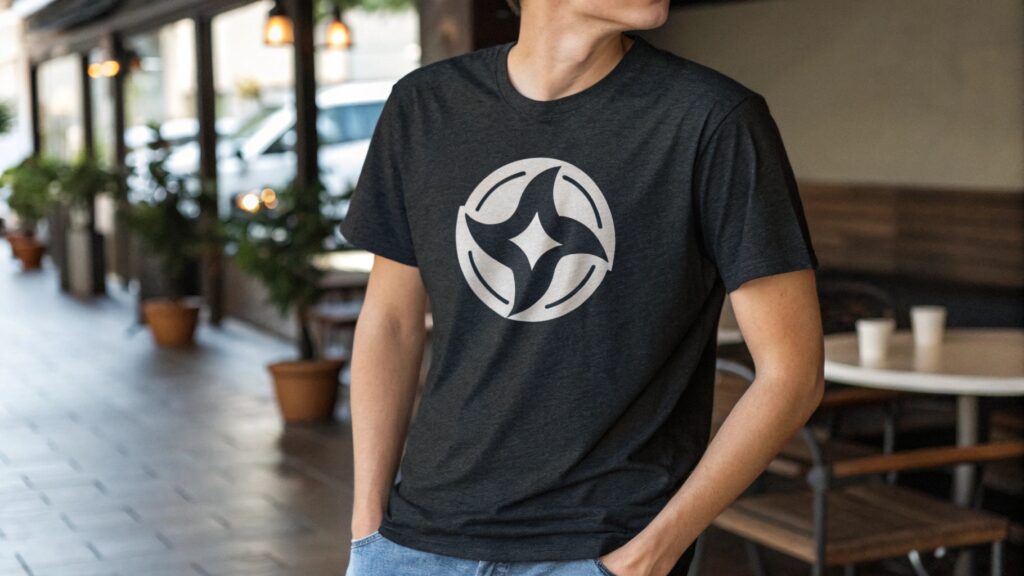
When I talk to people about custom t-shirts, they often think about the price tag first. But I always tell them to look deeper. The real value of a custom t-shirt is not just in the fabric and ink. It is in what it does for your brand. It's an investment, not just a cost.
How Much Does It Cost to Get a T-shirt Printed?
You are looking to get custom t-shirts and want to know the price. You might be hoping for a simple number, like $5 or $10 per shirt. But is it really that straightforward?
The cost to get a t-shirt printed varies widely based on factors such as the printing method, the number of colors in your design, the quantity of shirts ordered, the type and quality of the t-shirt blank, and any additional services like design assistance or expedited shipping.
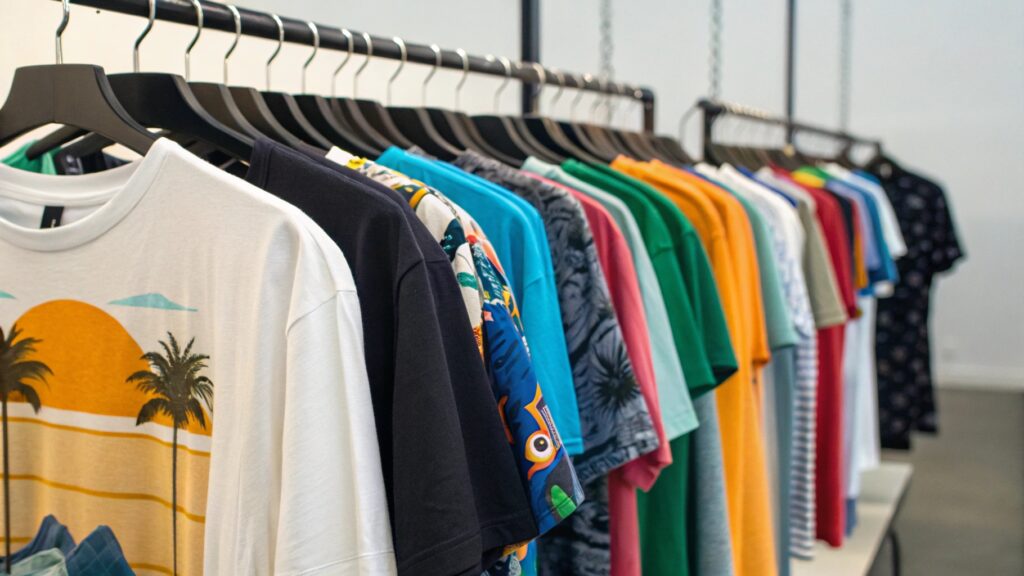
When people ask me, "How much does t-shirt printing cost1?", I tell them it's not a simple answer. If you are only thinking in dollars, you are missing the real cost, and more importantly, the real value of custom t-shirts.
Understanding the Factors Affecting T-Shirt Printing Costs
The true cost of printing a t-shirt is more than just the ink and fabric. It includes the purpose of the shirt, how many you need, how complex your design is, and the long-term value for your brand. I have seen many businesses focus only on the lowest price. This often leads to disappointment because the shirts do not meet their goals. Purpose defines priority. If you are printing t-shirts for a one-time event, you might want low-cost, bulk screen printing. This works well for large numbers and simple designs.
However, if you are building a streetwear brand, then print quality, the type of fabric, and the printing method become investments. They are not just expenses. This is where methods like Direct-to-Garment (DTG) or embroidery come in. They might cost more per shirt but deliver better quality and match a premium brand image. Volume also changes everything. A single shirt might cost $15-$30 to print because of setup fees. But if you order 500 shirts, the cost can drop below $6 per shirt. This is not a discount. It is the economy of scale. The setup costs are spread over many more items.
| Cost Factor | Impact on Price Per Shirt | Example |
|---|---|---|
| Quantity | Higher quantity = Lower unit cost | 1 shirt: $25; 100 shirts: $8 each |
| Design Colors | More colors = Higher screen printing cost | 1-color logo vs. full-color graphic |
| Printing Method | Varies by complexity and durability | Screen print (bulk) vs. DTG (detail) |
| T-shirt Type | Quality of fabric, brand of blank shirt | Basic cotton vs. premium organic blend |
| Design Complexity | Intricate details, gradients | Simple text vs. detailed artwork |
Design complexity also has a price. A simple, single-color logo on a white cotton shirt is one thing. But a full-color, oversized graphic with gradients on a heavyweight organic fabric is another. This needs better printers, better inks, and more skilled work. It costs more because it gives more value. The quality of your t-shirts speaks for your brand even when you are not there. If you are building a brand, a slightly higher cost per shirt can mean stronger value perception, happier customers, and better profits in the long run.
What is the Cheapest Printing Method?
When you are on a tight budget for custom t-shirts, you naturally look for the cheapest option. But is "cheapest" always the best choice for your brand?
The cheapest t-shirt printing method2 often depends on the quantity of shirts you need and the complexity of your design, with screen printing generally being the most cost-effective for large bulk orders of simple, multi-color designs, while heat transfer vinyl (HTV) can be cheaper for very small runs or single personalized items.
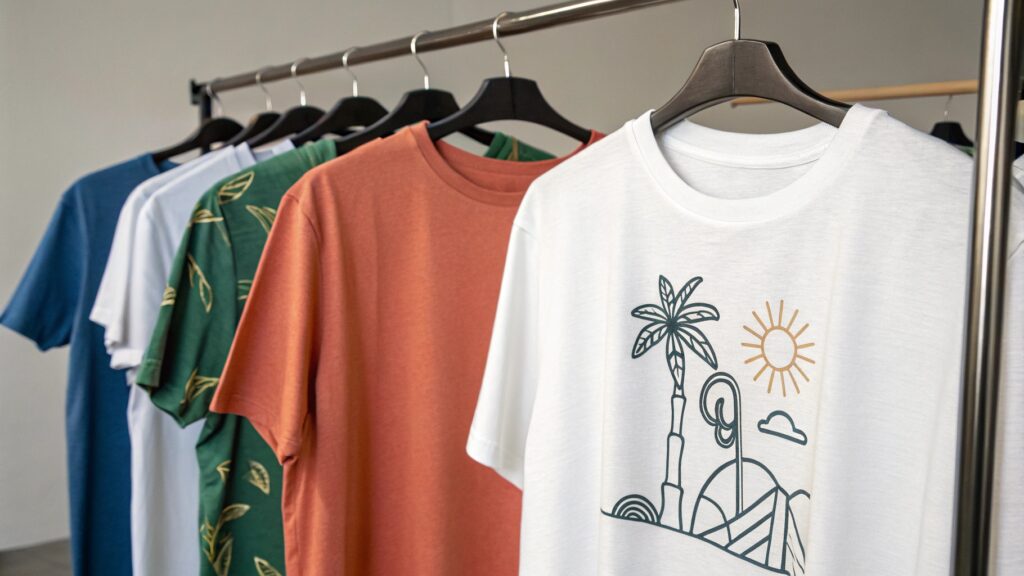
I often see clients come in wanting the lowest price. And while I understand wanting to save money, I always stress that the "cheapest" method might not give you the best value for your brand. It really depends on your goals.
Balancing Cost and Value in Printing Methods
Finding the cheapest printing method is not just about the lowest dollar amount per shirt. It is about understanding what you are getting for that price. For large orders, screen printing is usually the most affordable. This is because once the screens are set up, printing many shirts becomes very fast and cheap. It is great for big events or company uniforms where you need hundreds or thousands of shirts with a simple design. The setup costs are spread out over many items.
However, for very small orders, like one or two shirts, screen printing becomes expensive due to those initial setup costs. In these cases, methods like heat transfer vinyl (HTV) or Direct-to-Garment (DTG) printing can be cheaper. HTV involves cutting a design from vinyl and pressing it onto the shirt. It is quick for small batches but can feel a bit thick. DTG printing is like an inkjet printer for fabric. It is good for detailed, colorful designs on single shirts, but the cost per shirt stays high even for small quantities.
| Printing Method | Cost-Effectiveness for Quantity | Best For | Considerations |
|---|---|---|---|
| Screen Printing | Very cost-effective for large bulk orders (50+) | Simple designs, large quantities, vibrant colors | High setup cost for small runs, limited colors per design |
| Heat Transfer Vinyl (HTV) | Low cost for small runs (1-20 shirts) | Personalized items, simple text/shapes, low quantities | Can feel stiff, less breathable, durability varies |
| Direct-to-Garment (DTG) | Moderate cost for small to medium runs (1-100 shirts) | Complex designs, full-color images, photos | Higher unit cost than screen printing for bulk, works best on cotton |
| Sublimation | Moderate cost for polyester items | Full-color, all-over prints on light polyester | Only works on polyester, no white ink printing |
So, while screen printing is often the cheapest for high volumes, it is not always the best choice for every need. The "cheapest" method should always be matched to your specific needs. Do you need one shirt for a gift, or 500 for a promotion? Do you need a simple logo or a detailed photo? Answering these questions helps me guide clients to the truly most cost-effective solution for their unique branding goals. It is about getting the most value, not just the lowest price.
Which Type of T-shirt Printing is Best?
You have a design and want it on a t-shirt. With so many printing options, how do you know which one is the "best" for your project?
The "best" type of t-shirt printing is not a single method but rather the one that perfectly aligns with your specific needs, considering factors such as your design's complexity, the desired quantity, the fabric type, the intended use of the t-shirt, and your budget, as each method has unique strengths.
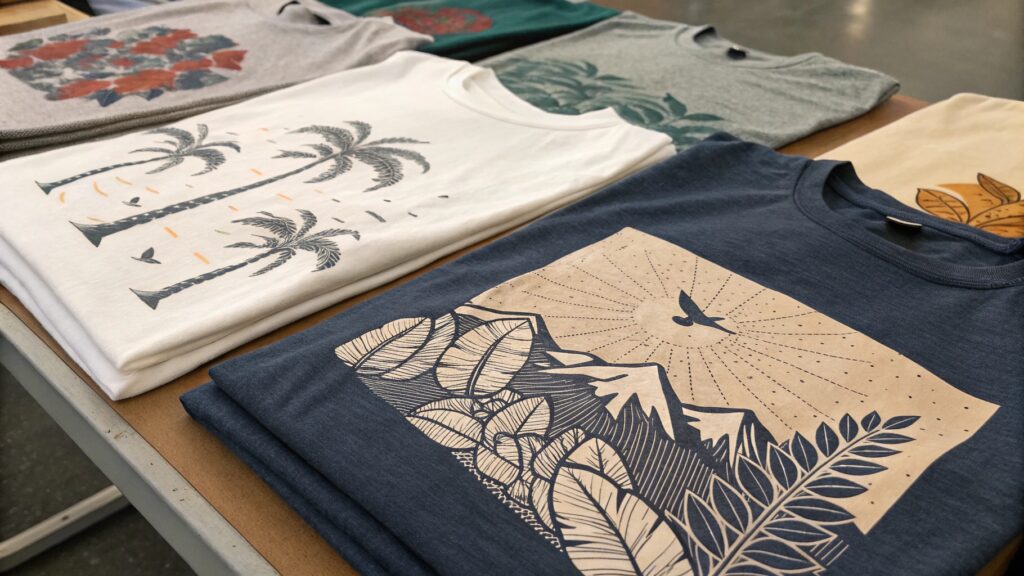
I often hear clients ask, "What is the best way to print a t-shirt?" My answer is always, "It depends!" There is no single "best" method. The best choice for a professional streetwear brand will be different from the best choice for a local charity run.
Choosing the Right T-Shirt Printing Method for Your Needs
Picking the right printing method is like choosing the right tool for a job. A hammer is great for nails, but not for screws. The "best" type of t-shirt printing truly depends on your goals. I always start by asking about the project details. What does your design look like? Is it a simple logo or a complex image with many colors? How many shirts do you need? What kind of fabric are you printing on? And what is the purpose of these shirts? Will they be worn once or many times?
For example, if you need a vibrant, long-lasting print for a high-end fashion line, Direct-to-Garment (DTG) printing offers amazing detail and a soft feel. It handles complex designs and many colors well, making it great for smaller runs of premium shirts. On the other hand, if you need thousands of shirts for a company event with a simple logo, screen printing is often the most economical and durable choice. It lays down thick, opaque ink, which is great for bold statements.
| Printing Method | Best For (When is it "Best"?) | Key Advantages | Key Limitations |
|---|---|---|---|
| Screen Printing | Large bulk orders, simple designs, vibrant colors | Durable, cost-effective at volume, opaque colors | High setup time/cost for small runs, limited colors per design |
| DTG Printing | Detailed graphics, photos, smaller runs | High detail, full color, soft feel, no setup fees for small runs | Higher unit cost for large quantities, works best on cotton |
| Embroidery | Professional, high-quality, durable branding | Textured, premium look, very durable | Higher cost, limited detail, not for complex images |
| Heat Transfer Vinyl (HTV) | Small runs, personalization, simple shapes | Quick, good for small text/numbers, low initial cost | Can feel thick, less breathable, not ideal for large designs |
| Sublimation | All-over prints, vibrant colors on polyester | Photo-realistic, no cracking/peeling, soft feel | Only works on polyester, no white ink printing |
The deeper insight here is that t-shirt printing cost should be seen not as a fixed expense, but as a way to position your brand. The quality of your t-shirts speaks volumes even when you are not there to explain it. If you are building a strong brand, a slightly higher cost per shirt can lead to a stronger perceived value by customers. This can mean they stay with your brand longer and ultimately, it can lead to better profits for you. It's about making a smart decision that supports your brand's overall strategy.
Conclusion
Custom logo t-shirts are powerful branding tools. Choose your printing method wisely, considering quantity, design, and purpose, to maximize brand impact and value.


